The art of minimalist film music
Minimalist film music focuses on conveying profound emotions using the simplest means possible. It eschews complex arrangements in favor of repetition, simplicity, and subtle variation. In this article, we'll explore how, when, and why minimalist film music works—and how it's used in different films.
What is minimalist film music?
Minimalist film music is a conscious alternative to opulent orchestral arrangements and hybrid film scores consisting of electronic and orchestral elements. This minimalist, reduced style of film scoring is characterized by repetitive patterns, simple harmonies, and the sparing use of instruments. It nevertheless creates an atmosphere that often appears hypnotic, meditative, or intense, for example, through the use of particularly interesting and innovative sound textures or particularly striking motifs and melodies. Key aspects of minimal film music today are considered to be repetition as a central element, gradual changes in sound or rhythm, and an emphasis on silence and space between sounds.
Example
The score for the science fiction film “Arrival” (Jóhann Jóhannsson) relies on repetitive structures to communicatively reinforce the film’s enigmatic, extra-terrestrial mood.

Why does minimalism work?
Minimalist music can have a powerful emotional impact because it allows the audience space to develop their own feelings and interpretations. It often has a more intense effect because it doesn’t attempt to directly dictate every emotion. The advantages of minimal film music—and certainly a key reason for the continuing strong trend toward minimalism in film scoring—are its high degree of flexibility, the creation of emotional projection surfaces, and its focus. Minimalist film music can draw attention to the essentials of a film, adapts flexibly to different film genres and scene types, and promotes introspective and meditative states in the audience.
Example
“The Revenant” (Ryuichi Sakamoto) combines gentle piano sounds and strings to make the loneliness, emptiness and latent threat of the landscapes tangible.
Techniques of minimalist film music
Composers use various techniques to create minimalist music that remains interesting despite its repetition and redundancy. The three most important techniques are ostinato, phasing, and—last but not least—reduction. Ostinatos allow tension to be built simply and deliberately through the repetitive musical patterns. Phasing is the umbrella term for all subtle changes and shifts, whether in rhythm, harmony, or melody. By dispensing with instruments perceived as superfluous or overloaded harmonies, minimalist reduction focuses the audience on the central aspects of the scene, whether the protagonists, plot, or emotion.
Example
“The Thin Blue Line” (Philip Glass). In this documentary about a legal drama, the composer, who specializes in minimal music, uses phasing. Subtle variations in the rhythmic and melodic sequences accompany the slowly unfolding details of the story, simultaneously heightening the tension in a sophisticated way.

Challenges for composers
It’s difficult to achieve a lasting emotional impact with limited resources without appearing monotonous or uninteresting. Minimalism therefore requires a keen sense of acoustic and compositional detail. To meet the challenges of producing minimalist film music, the following approaches are among those that can be used: conscious experimentation with timbres and textures and particularly close collaboration with directors to find the optimal balance between musical intensity and film intensity.
Example
“The Batman” (Michael Giacchino); the consistent combination of ostinato and phasing techniques reflects the dual nature of the protagonist Bruce Wayne: as a broken man and a dark avenger. Repetitive piano and string motifs are slowly and subtly varied, creating a threatening yet simultaneously emotional soundscape.
Summary
Successful minimalist film music is a special art form because it creates powerful emotions with simplicity. This style of scoring is ideal for films that explore subtle moods and profound themes. The economical yet precise use of music is very much in vogue, but it is expected to continue to be a powerful and timeless tool in film music in the future.
- Repeating patterns
- Leitmotifs and repetition
- Sparse instrumentation
- Ostinato / Phasing of rhythm, harmony, melody
- Reduction and focus
- Experimenting with timbres and textures
Kontakt
JP Composers
Julian Pešek (Einzeluntermehmer)
Südstraße 45
04178 Leipzig
Telefon: +49 171 9101572
Mail: julian@jp-composers.com
